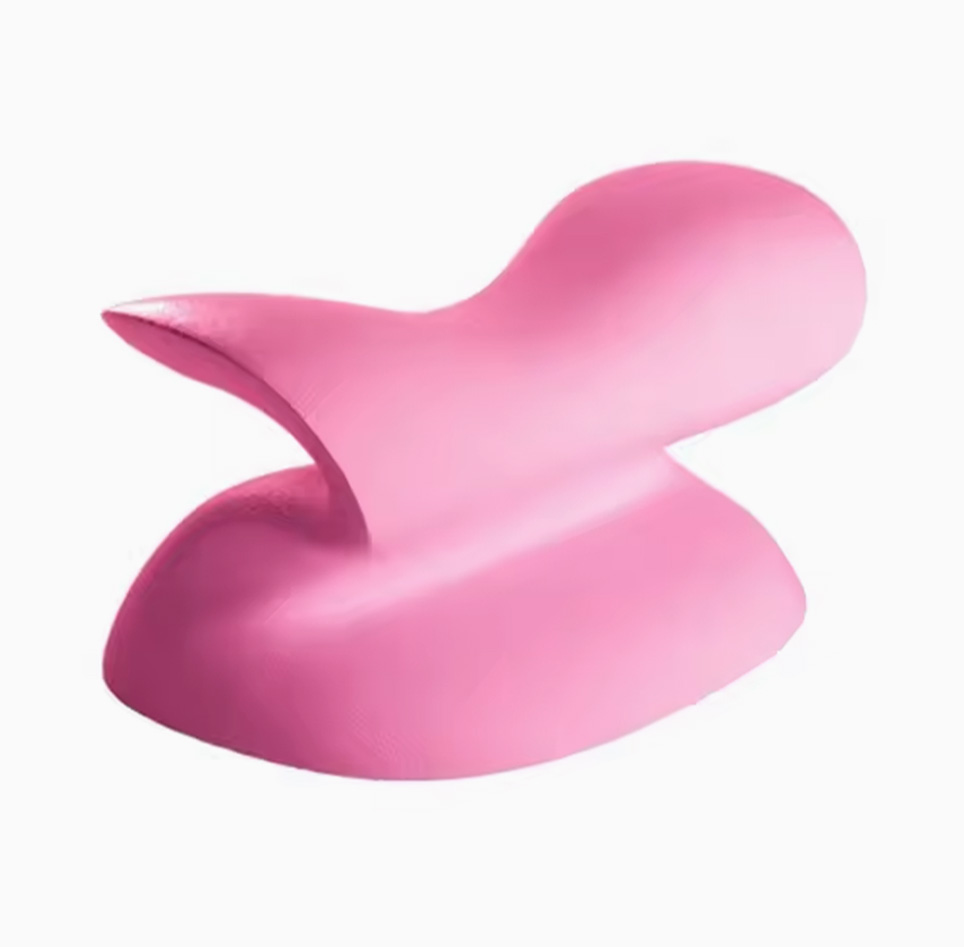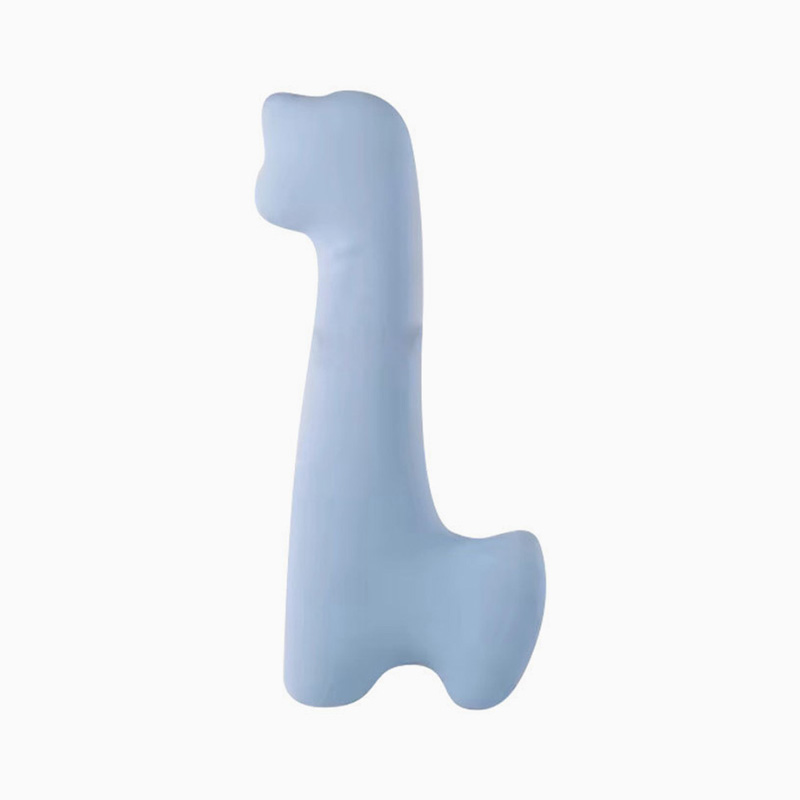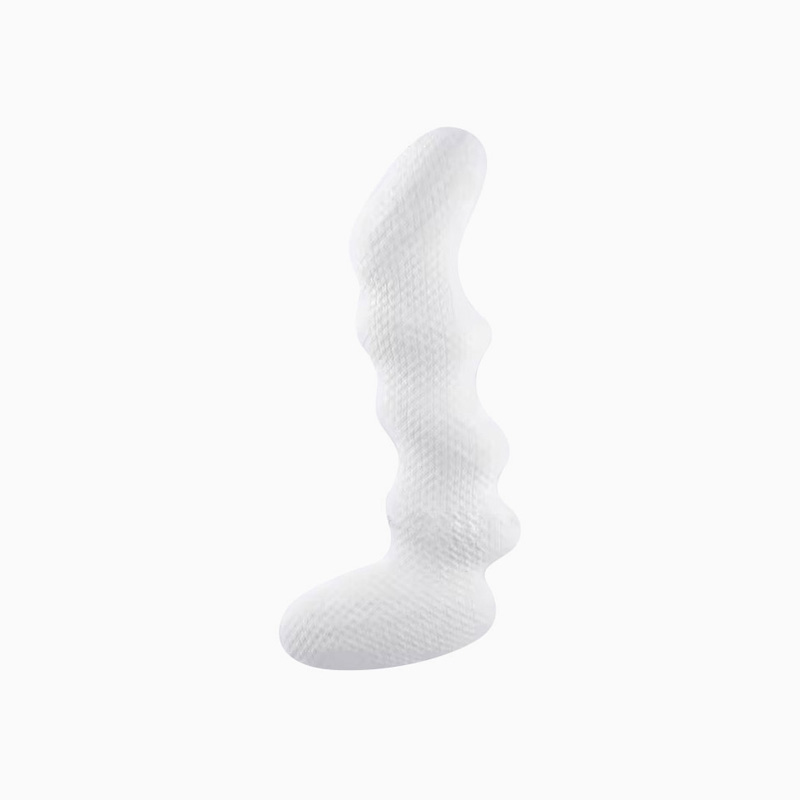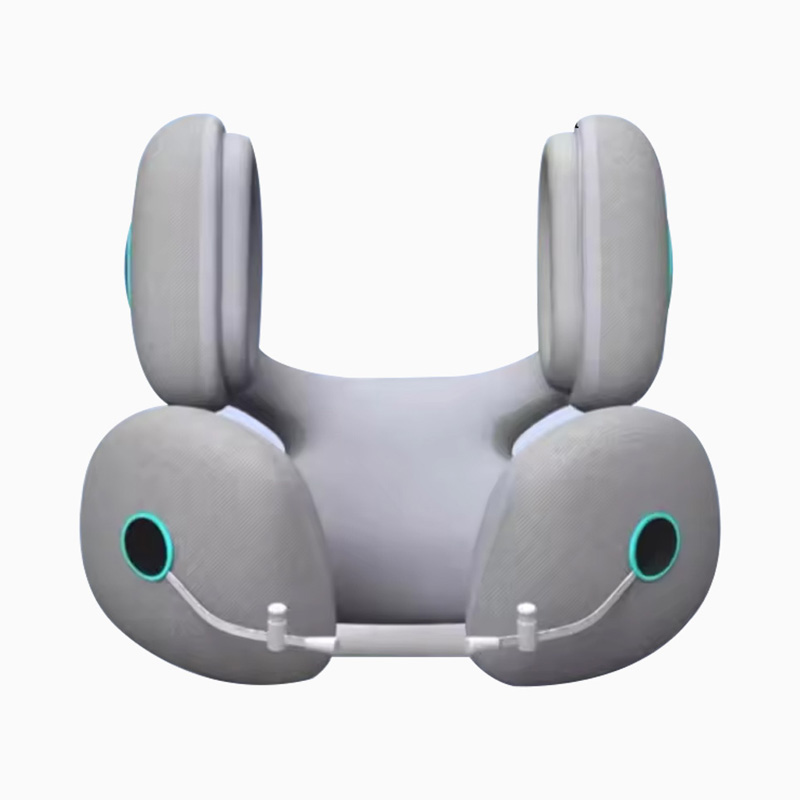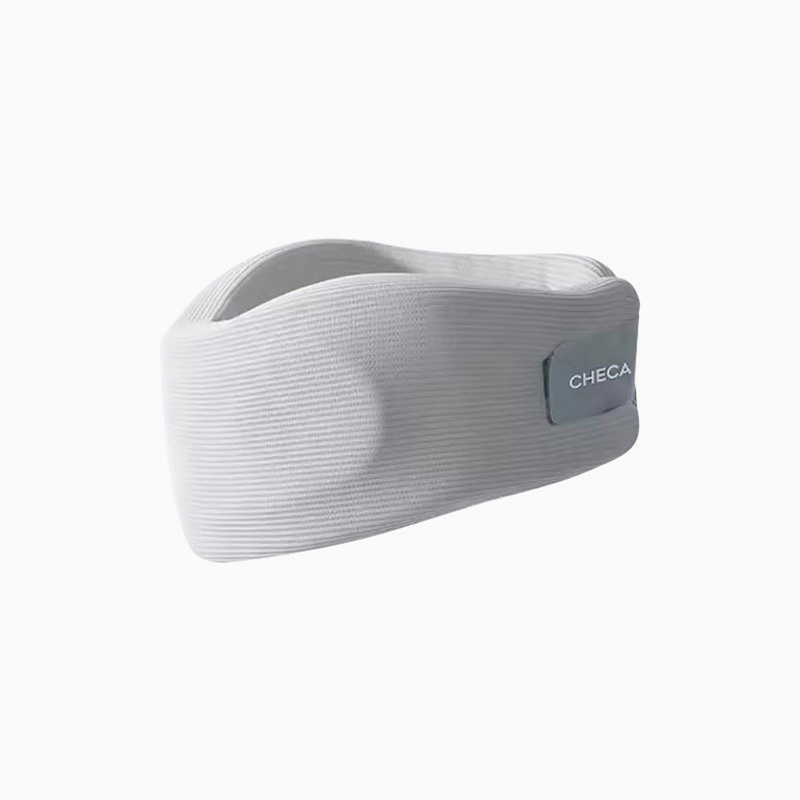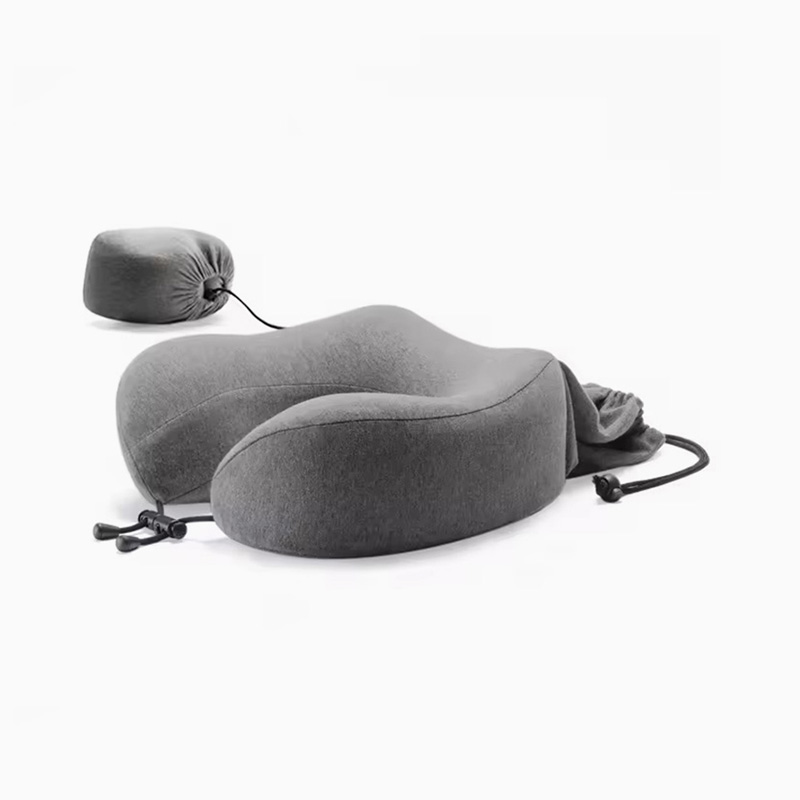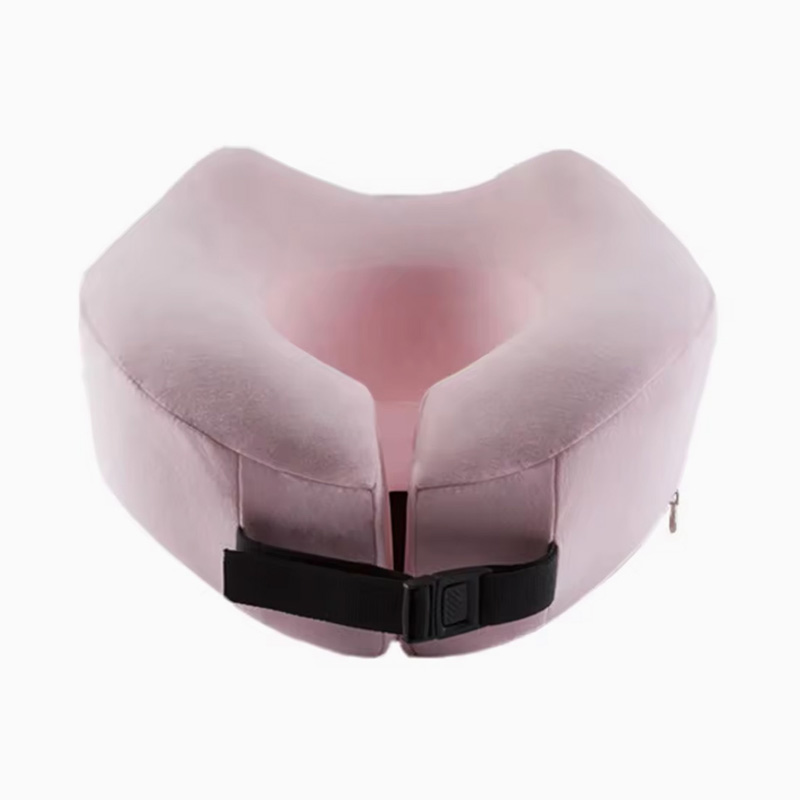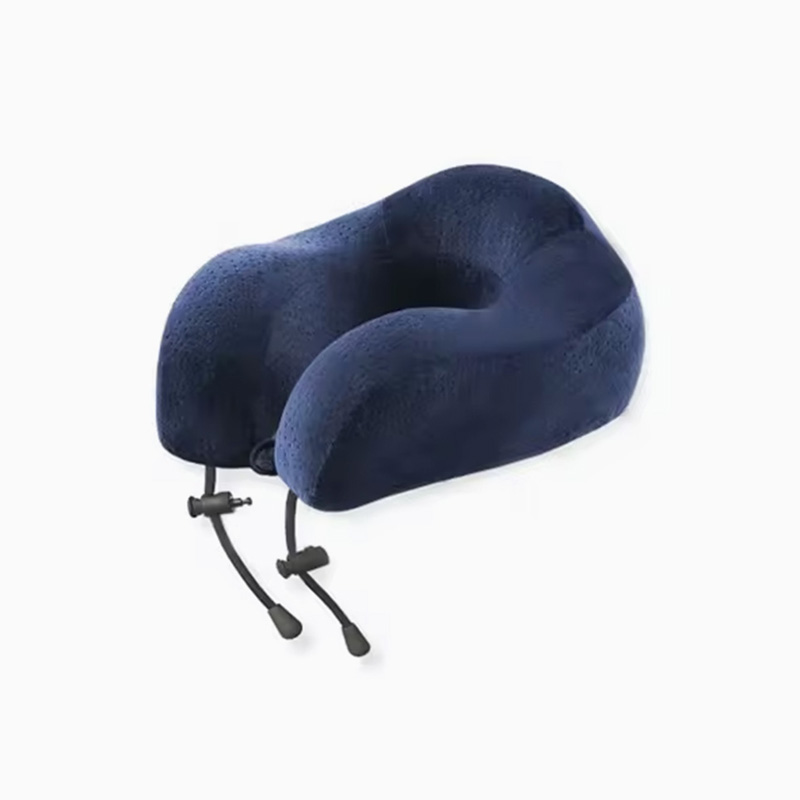Is there a risk of deformation or collapse of the memory foam neck traction pillow
The core reason why the Memory Foam Neck Traction Pillow is so popular among patients with cervical spondylosis and office workers is its inner core material - high-density memory foam. Memory foam is a high-molecular polyurethane material with slow rebound characteristics, which has good temperature sensing and pressure dispersion capabilities. This material can automatically fit according to the human neck curve and gradually return to its original state after the external force is removed.
In terms of structural design, high-quality memory foam cervical traction pillows usually adopt an integrated molding process and a seamless design to effectively prevent the internal material from shifting. This design not only enhances the overall support stability, but also significantly reduces the risk of local collapse or deformation.
Density parameters determine compression resistance
One of the key factors in determining whether a memory foam pillow is easy to deform is its density. In the industry standard, memory foam in the density range of 40D-60D is considered to have both support and comfort. The higher the density, the tighter the polymer chain per unit volume, the stronger its load-bearing capacity, and it is not easy to be compressed and deformed.
High-quality Memory Foam Neck Traction Pillow uses 50D or higher density memory foam, which has excellent compressive strength. Even if it is subjected to long-term supine traction, continuous neck support and other usage scenarios, it can maintain structural stability and is not prone to structural collapse after long-term use.
Rebound performance is an important indicator of anti-collapse
High-quality memory foam materials have good rebound performance, and the rebound time is usually between 3-5 seconds. This "slow rebound" means that the pillow will not collapse immediately, but gradually absorb gravity according to the user's cervical pressure, and slowly restore its initial shape after releasing the pressure. Slow rebound not only improves traction stability, but also significantly reduces the deformation of the inner core caused by long-term use.
Multiple industry tests show that the deformation of high-quality Memory Foam Neck Traction Pillow is less than 5% after 50,000 pressure tests, which is far below the national standard of 10%. This data is sufficient to prove that its anti-deformation ability under long-term repeated use has reached the medical rehabilitation level standard.
Three-dimensional support structure prevents local depression
The unique design of the Memory Foam Neck Traction Pillow includes a three-dimensional support structure, which is optimized for the physiological curvature of the cervical spine. Its central groove, two side ridges and mandibular support area together form a wraparound support frame, which effectively disperses the concentrated stress points of the pillow and prevents depression caused by excessive load in a single area.
In addition, the traction function part usually has built-in reinforcement ribs or supporting arch bridge structures. This type of physical support design can keep the traction angle stable during traction, effectively avoiding the reduction of treatment effect due to deformation of the traction angle.
Material certification and durability testing to ensure service life
Memory Foam Neck Traction Pillow produced by regular manufacturers is usually certified by CertiPUR-US or OEKO-TEX. This type of certification system has strict thresholds for the elasticity, durability, environmental protection and compressive resistance of the material to ensure that users will not encounter problems such as memory foam powdering, collapse, odor, etc. during long-term use.
Some high-end products will also undergo dynamic durability tests that simulate the weight of a human head and neck. For example, after 30 days of continuous testing with a standard weight of 20 kg for 24 hours, the compression rate of the product is less than 3% and the rebound rate is higher than 95%. This type of test further verifies the anti-collapse ability of the memory foam cervical traction pillow under extreme conditions of use.
Use and maintenance are equally important
Although high-quality materials are the basis for preventing deformation, correct use and daily maintenance are equally important. Memory Foam Neck Traction Pillow does not recommend frequent folding or violent compression, and the inner core cannot be washed. It should be cleaned by ventilation and drying and avoid exposure to the sun. The appropriate use environment and maintenance habits will greatly extend the product life and reduce the risk of deformation.

 English
English عربى
عربى previous post
previous post



